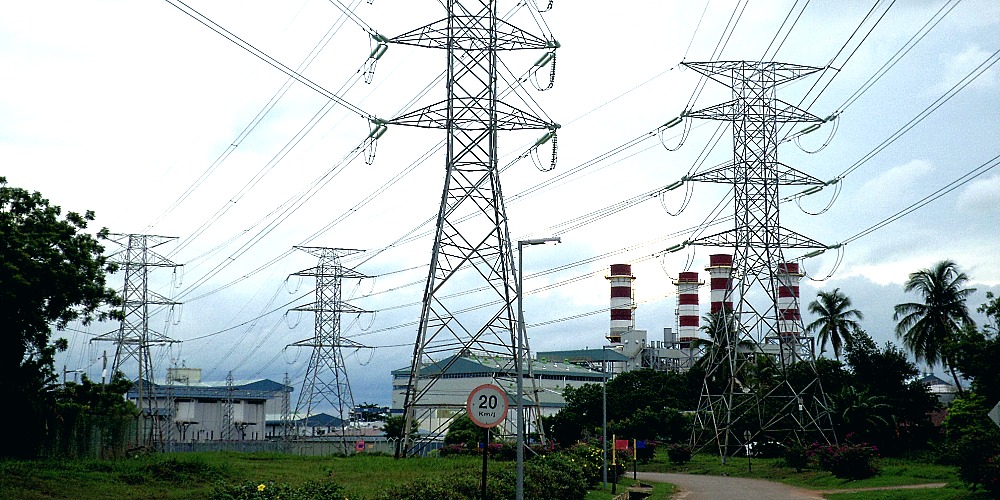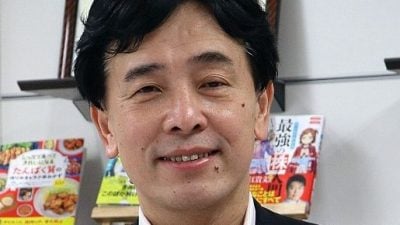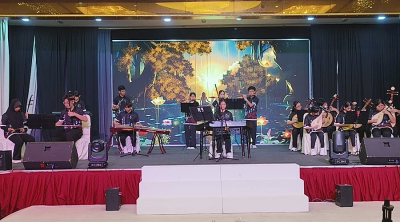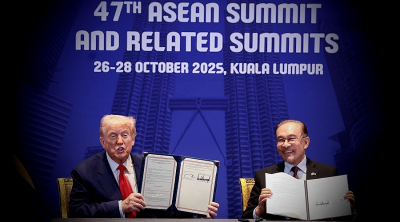The government’s subsidization scheme is meant to help the poor, not to enrich the wealthy.
From July 1 to December 31, residential customers using more than 1,500 kilowatt-hours each month (equivalent to at least RM708 on electricity bill) on Peninsular Malaysia, will be slapped with 10 sen of surcharge for every kWh.
An estimated 83,000 or 1% of all residential users will be affected by the new ruling. This means these household will have to pay RM187 or 25% more every month.
Last month, Prime Minister Anwar Ibrahim said in Dewan Rakyat that the T20 community will no longer enjoy electricity tariff and Haj pilgrimage allowances, implying that these people may have to fork out more each month for their energy use.
In recent years the successive governments have reiterated the need to implement targeted subsidization mechanism specifically aimed at the well-off T20 community.
Generally speaking, high earners should not be entitled to government subsidies for the simple reason they can afford their regular expenses without government assistance.
By comparison, the lower to middle-income groups of B40 and M40 need a hand from the government to relieve their financial burden.
The question now is: how are we going to define “high income” and whether it is appropriate to use “income” as a criterion for government subsidization policy?
Based on the definition by the government, households earning more than RM10,971 a month are classified as “high income.”
But the thing is, can a family making RM11k a month lead a decent life without any financial stress at all especially in urban areas? They may have to set aside big chunks of their monthly incomes for housing and car mortgages, children’s expenses and escalating goods prices, such that they cannot afford to have reasonably comfortable life.
Taking away government subsidies from them will put more burden on their shoulders, for sure.

As such, when the government announced earlier that it would remove electricity tariff subsidies from the T20 community, these people instantly felt a chill inside them.
However, in the just unveiled measure where the electricity tariff adjustment will not be based on income but energy consumption, many have since drawn a sigh of relief.
The latest tariff adjustment will only affect the top 1% heavy energy users, and since the scope is not that wide, we believe it will not trigger a widespread backlash among the people.
Moreover, as this entails only users who pay more than RM708 a month for their utility bills, we assume that these people must be making quite good money every month and the new policy is not expected to put too much additional burden on them.
Most importantly, by cutting subsidies from the high-income group, the government will be able to save substantially each year which could be spent more usefully, such as to implement development projects or to assist the underprivileged.
Since the abolition of electricity subsidies for 1% of industrial users this January, the government has already saved as much as RM4 billion within only six months. This amount of money can be spent elsewhere for the well-being of the general population.
Owing to the enormous sums of money spent on all forms of government subsidies, such a policy is hardly sustainable and it is therefore reasonable for the government to gradually shift its policy towards a more rationalized targeted subsidization mechanism.
That said, the government should not crudely divide the population along income lines as this will aggravate the financial burden of many “pseudo rich” families.
Minister of economy Rafizi Ramli mentioned earlier that the government would gradually make net household disposable income as the basis for social assistance, which better reflects the reality and should improve the effectiveness of the government’s subsidization scheme.
In addition, caution must be exercised when implementing the targeted subsidization mechanism in a bid to minimize its impact on affected families while averting a sharp rise in goods prices.
The country’s inflation rate currently stands at 2.8%, which is the lowest in a year. However, due to the staggering goods prices over last few years, many in the lower to middle segments of the Malaysian society are struggling to make ends meet. These people will suffer even more if goods prices rise further as a consequence of subsidy modification.
In short, given the limited resources of the national coffers, the money must be spent wisely and effectively. The government’s subsidization scheme is meant to help the poor, not to enrich the wealthy.
ADVERTISEMENT
ADVERTISEMENT


































